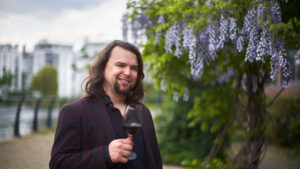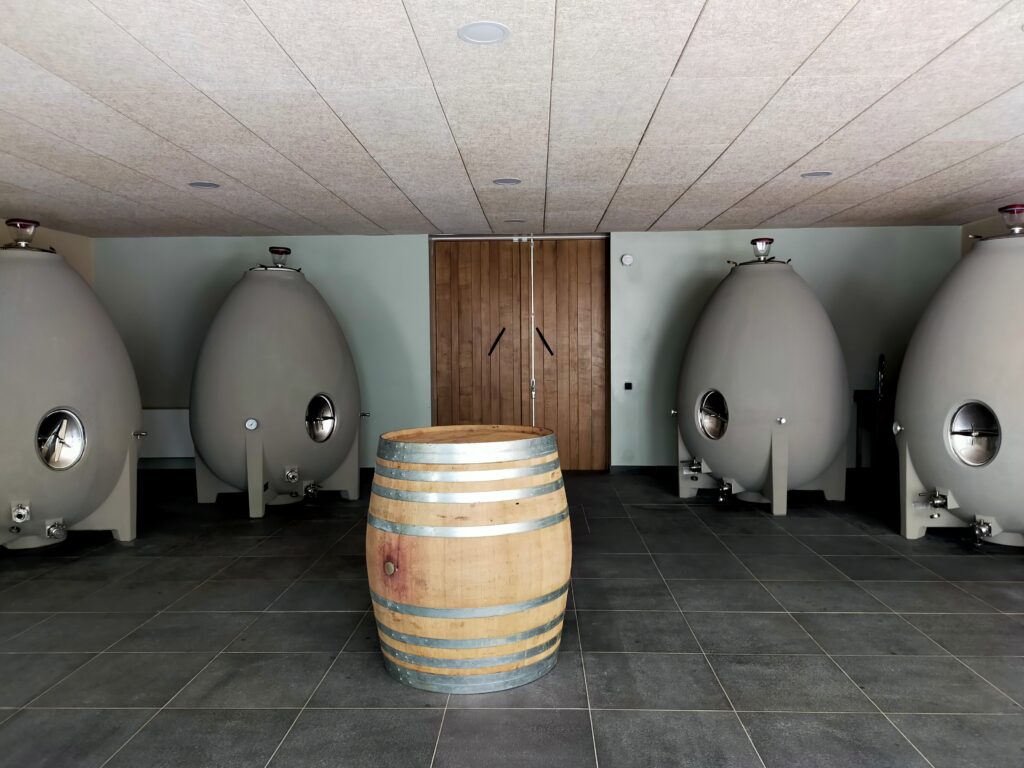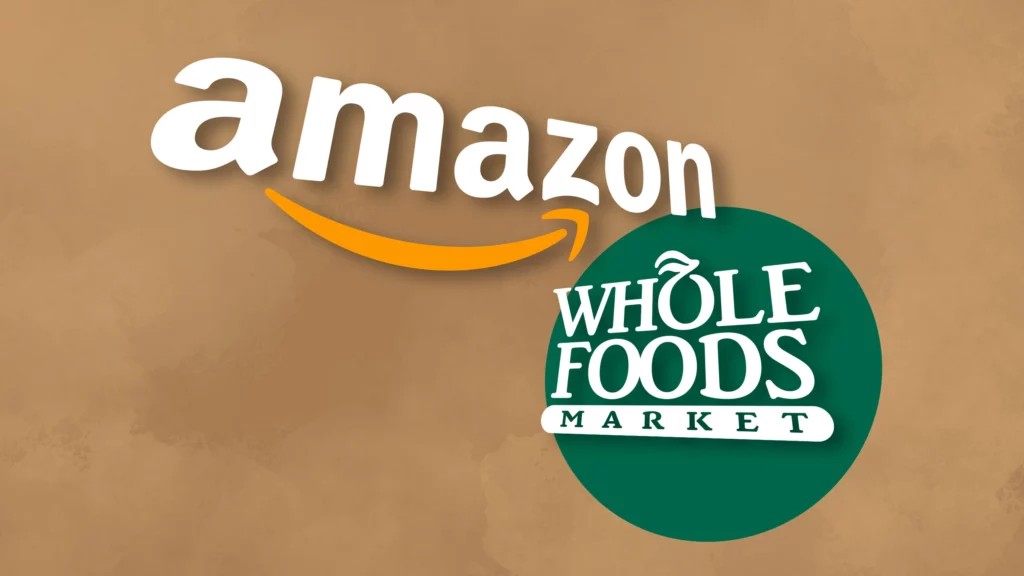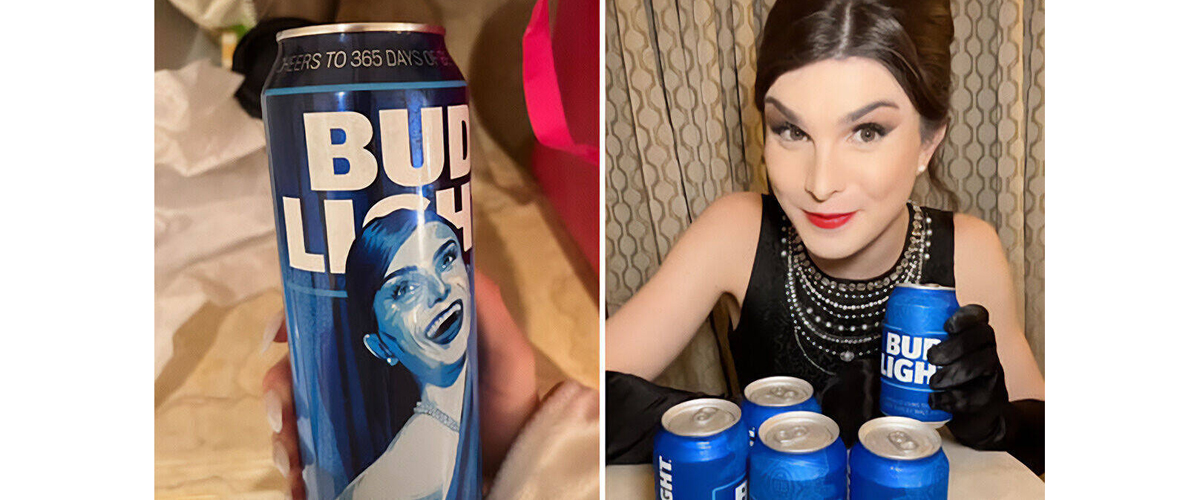Twice annually, the renowned Sommelier Serhat Aktas summons Germany’s elite wine producers to compete in the “Lagencup”, also known on English as the “Single Vineyard Cup”, in Berlin. In the first half of the year, red wines are judged, while whites are showcased in early autumn. This prestigious competition aims to crown Germany’s best Single Vineyard, without regard to varietal, producer, or price.
Criteria and Special Recognitions
The aim is straightforward: to spotlight the zenith of German terroir and the exceptional quality of wine it yields. Only the quality in the glass, assessed on a 100-point scale, determines the winner. Several categories acknowledge standout wines, including awards for those “aged 10 years”, “female winemaker of the year”, “best young winemaker”, “top 10 winner”, and “Discovery of the Year”.
Once again, the event took place at its sponsor’s location, the luxurious Königliche Porzellan Manufaktur (KPM) in Berlin. Renowned for crafting china and fine vases, the venue perfectly reflects the event’s essence.
An Esteemed Panel of Judges
The panel of judges includes leading German wine experts, such as Thilo Kownatzki from the two-Michelin-starred “Falco” and André Macionga, who handpicks prestige cuvees for his high-end restaurant near the iconic Kurfürstenstr. Helena Hart, the former Head-Sommelier at the traditional Michelin-Starred restaurant “Die Ente”, and Klaus Kneib from Frische Paradies, a top-tier HORECA and end-consumer supplier in Germany, further enrich the judging ensemble. The victor secures a coveted listing with Frische Paradies, one of Germany’s premier HORECA and end-consumer suppliers.

A Rigorous Evaluation Process
The Lagencup stands out for its commitment to its signature evaluation process. Each wine undergoes a thorough review by the judges, who score individually, underscoring the quality of the showcased wines. After the scoring, each wine is discussed upon in detail, because they are worth it.
While presiding over Panel 2 at this year’s white Single Vineyard Cup, we encountered a variety of premium-qualities. In total, we sampled 134 wines over two days. Meanwhile, the other panel, led by Aktas, judged a similar number of wines. A third day, featuring retasting and late arrivals, is slated soon. Although the emphasis was predominantly on Riesling, I assume many were from the VDP’s premier vineyards, the Grosse Lage. A few wines pleasantly surprised with a delightful residual sugar level of approximately 7 g/L, which brought a remarkable balance to the pronounced acidity — a refreshing departure amidst such tart wines. Beyond Riesling, an array of singular grape varieties captivated the panel: Chenin Blanc, Elbling, Grüner Veltliner, and Müller-Thurgau. Despite their limited representation, each exuded precision and immense pleasure. I hadn’t anticipated such precision from Chenin Blanc or Grüner.
n addition to these unique varietals, Sauvignon Blanc has gained prominence in recent years, mirroring the grape’s rising popularity. The Burgundian stalwart, Chardonnay, was also well-represented. Some samples evoked the essence of Chassagne-Montrachet or had lighter, dairy notes reminiscent of Maconnais. Yet, these Chardonnay wines predominantly captured the German terroir, retaining their vibrant acidity and elegance.
Awaiting Results and Previous Achievements

While everyone eagerly awaits the results of the white Single Vineyard Cup, the recent accolade awarded to Weingut Graf Adelmann from Würrttemberg speaks volumes about the competition’s rigorous standards. At the red edition earlier this year, they clinched the “Winemaker of the Year” title for their Pinot Noir Kleinbottwar Götzenberg GG 2020, earning an impressive 96 points.
The unmatched quality across red, sparkling, and white categories suggests a bright future for the Lagencup, signaling its rise in the global wine arena. I’m looking forward to the next edition.
Disclaimer
This text was neither commissioned nor compensated. It reflects exclusively my own opinion.

ConVINOsation Podcast Brings EUROVINO Wine Fair to Life
In collaboration with Messe Karlsruhe, we are proud to launch ConVINOsation, a new podcast dedicated to tackling the wine industry’s most pressing topics. Hosted by

Live on Wein Verkauft!
I recently had the opportunity to join freelance consultant Diego Weber from Germany on his podcast, On German!. Over the course of the two-hour episode,

Live on the Morning Show
In July 2024, I had the exciting opportunity to appear on New York’s WTBQ Frank Truatt’s Morning Show, the #1 drive time morning show, with
Challenging Year for French Wines & Spirits Exports 2023
In the year 2023, the French wine and spirits sector navigated through challenging waters to post exports worth €16.2 billion. Despite representing a 5.9% decline from the previous year, this figure stands as the second-highest in the industry’s export history. The volume of exports also saw a considerable reduction, falling by 10.4%. However, the sector managed to maintain its status as the leading contributor to France’s agri-food surplus and the third largest in the nation’s overall trade balance, with a trade surplus of €14.8 billion, down by 5.8%.

DWI Announces Winner of the Sommelier Cup 2024
The DWI Sommelier-Cup 2024, hosted by the German Wine Institute (DWI), concluded on January 22, 2024, with Katharina Iglesias from wineBank in Hamburg claiming the title. The event, held at the Atrium Hotel in Mainz, witnessed participation from 28 professionals across various sectors of the wine industry. While the competition’s popularity remains undeniable, a critical examination of its structure and outcomes reveals aspects worth contemplating.

German Wine Consumption Plummets in 2023
The German wine consumption and buying behaviour is changing. (Photo: DallE)
















